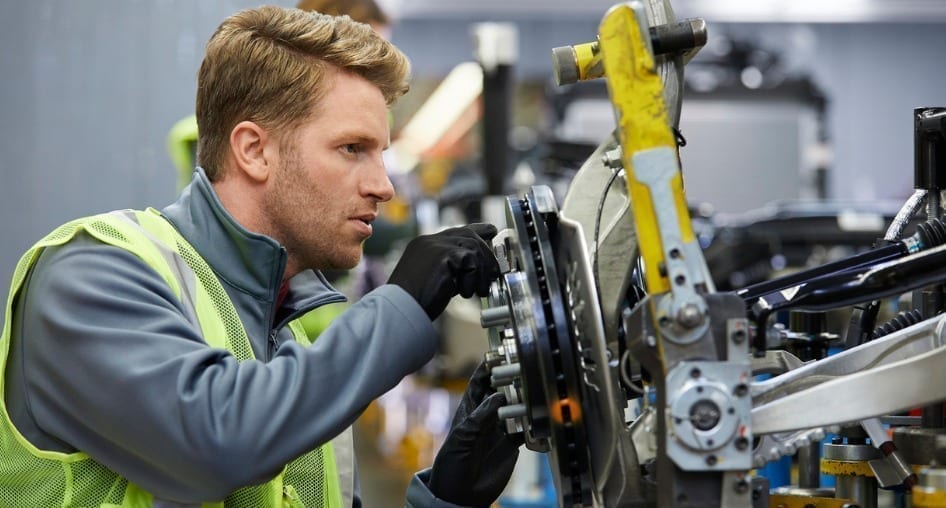IoT Applications in Automotive Manufacturing: 2 Case Studies
By Ricardo Buranello
October 4, 2018
By Ricardo Buranello
October 4, 2018
You’re excited about the prospect of the Internet of Things (IoT) to improve automotive manufacturing production efficiency, improve quality, and ultimately, reduce costs.

Whether you need to find the source of a serious quality problem or probe into data for ways to increase productivity, Telit can help you administer IoT tools to deliver fresh insights without disrupting your systems.
Using Telit deviceWISE, an industrial IoT device management and enablement platform, we can integrate seamlessly around existing architecture to connect and monitor devices you already have in place, transforming your facility into a smart automotive production plant.
Employees at a major automotive manufacturing plant noticed a strange problem with paint on new cars emerging from their facility.
Everything ran smoothly during the morning shift, but in the afternoon, paint colors began to run, especially when the cars received their final coat. Managers investigated, asked questions, and added sensors to determine what was going wrong—to no avail.
That’s when they called Telit. With Telit deviceWISE, we were able to connect nearly 50 different systems, from power sourcing equipment (PSEs) to robot controllers. We also installed temperature, velocity, and airflow monitors at various points on the line without interrupting their assembly process.
After a short time, the data revealed the source of the problem: the temperature inside the plant was rising slightly between the first and second shift—not enough for workers to notice, but enough to keep the paint from drying properly. It was a very simple solution that no one expected because they were controlling the air conditioning system but didn’t realize the robots generated enough heat to override it. Adjustments to the air conditioning level and power units corrected the problem right away.
In this case, deviceWISE provided an effective way to track down a solution with minimum interference, saving time and money for this major automotive manufacturer.
Historically, individual stations on car manufacturing lines are constant, only able to administer a specific car part, engine, or windshield. This restriction means an automotive company must either create a new assembly line—with all the accompanying costs, factory space, machinery and personnel—for each type of car they introduce or shut down the line for weeks at a time to transition from one car model to another.
Last year, one major automotive manufacturer broke new ground when they introduced an assembly line that merged production of two different car types. To do it, they created stations that could automatically adjust to different positions and functions.
They needed the ability to let the PSEs know which model number they were producing and to download the geometry of each new part from the system.
Using conventional systems, creating these “smart” stations, and custom coding the applications to run them would have involved a formidable amount of development, likely making the project three or four times as lengthy. Without a cloud-based solution or ability to operate on an open platform communications (OPC)/machine-to-machine level, this manufacturer would not be able to download different variables to the stations. DeviceWISE simplified the project, making it possible to feed data to the stations and receive information from those edge devices.
The automotive manufacturer no longer had to shut down the line for weeks to change the car model they want to produce, resulting in huge cost savings.
Automotive manufacturers and other industries with high output assembly lines want to implement IoT solutions, but the prospect of taking their production offline for installation of a new system is daunting. Over time, they need to update and change equipment, including interference (HMI) data applications, which requires downtime.
We can work with any system architecture and connect all your devices and apps using native drivers. Our cloud-based platform lets you connect multiple facilities to compare data across the enterprise. Best of all, you can access everything through a single interface.
Instead of taking your production line down for an overhaul, Telit provides seamless integration of a transparent IoT solution.
